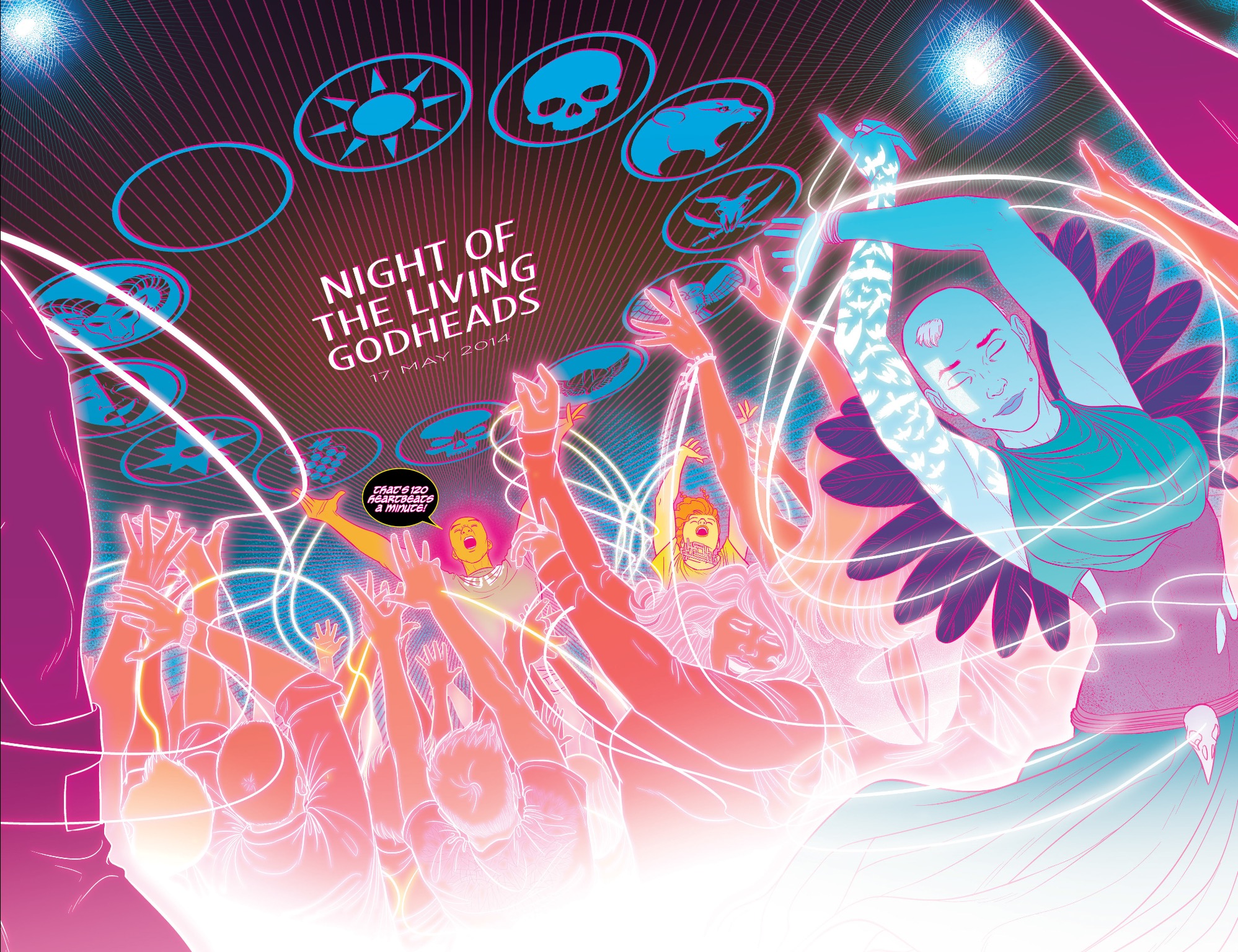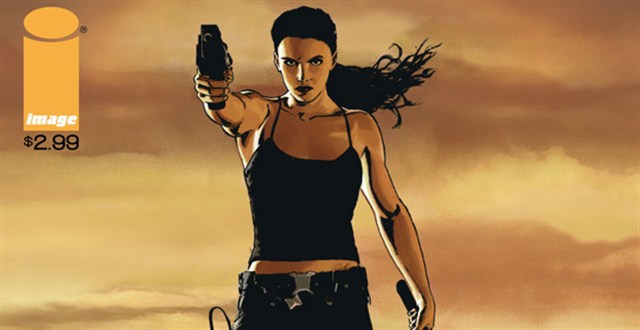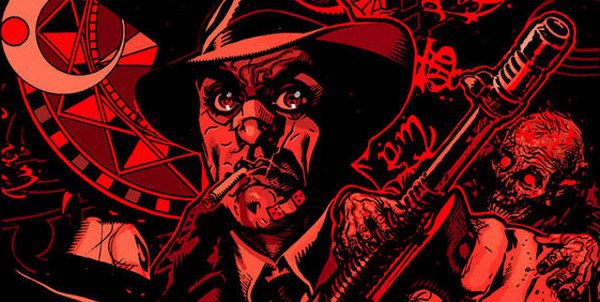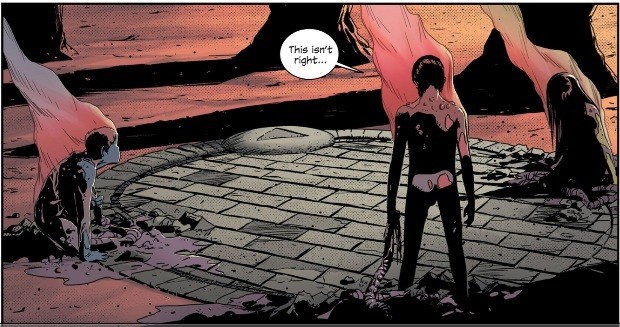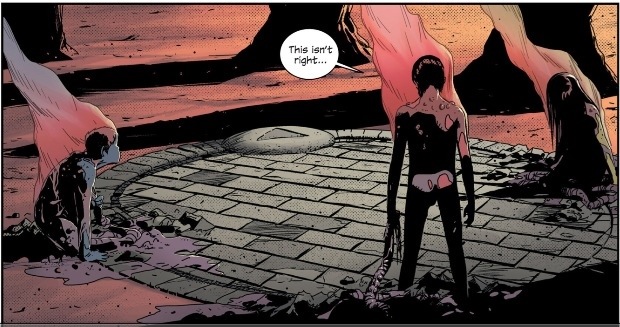The Wicked and the Divine is a graphic novel of a new, wonderful breed that is thankfully receiving its dues in the world of comics right now. These include Saga, Sex Criminals, Rat Queens and many more, but what they all have in common is this fantastic ability to get right to the heart of a very strange scenario, quickly. They all have a mythology of one form of another, a language through which the story is told, and for The Wicked and The Divine McKelvie and Gillen have picked a classic idea – rockstars as gods, or gods as rockstars – and made it completely their own.
For those who haven’t read any yet, the premise is a simple one. Every ninety years, twelve gods and goddesses, known as The Pantheon, are reincarnated in ordinary people. They become the idols of that time – it just so happens that this time around, pop and rock stars are the closest thing we have to gods among us.
When they perform it’s like a spiritual experience, complete with fans – worshippers – fainting in the crowd. But the price of being famous and being loved is that they have only two years to live. As you can imagine, this is quite difficult for the teenagers in question – especially the youngest, Minerva, who knows she’s going to die before she turns fourteen.
Every page is beautiful, and carefully thought out. The space is used artfully, with entire pages devoted to portraying blackest depths. Form and frame are shifted to create an effect that draws your eye across the page, making it impossible to put down, and the way it can illicit feelings, moods and experiences is truly masterful. One rave scene in the second trade paperback is particularly evocative; a calculated assembly of lights, colours, and variation in form that TV and film couldn’t even begin to emulate.
In the trade paperbacks The Faust Act and Fandemonium, chapters are interspersed with portrait images of the gods we meet. All of the characters are so carefully thought out that you can tell a huge amount about their personalities just by seeing these portraits, so exquisitely crafted by McKelvie. An important shout-out also goes to Matthew Wilson for the sumptuous colouring, and Clayton Cowles for the lettering which has all the inventiveness of The Sandman in its assigning of fonts to a character. In short, it looks incredible.
But it isn’t just a pretty face. The amount of effort that must have gone into creating the mythology and back story, the choices of Gods from various religions and the anachronistic nature of true belief in the twenty-first century all show how perfectly sculpted these books are. The telling of the story flows naturally in the voice of our seventeen year old protagonist, as she bears witness to the Recurrence and becomes haplessly involved in it.
In fact, all of the voices sound authentic, even coming as they do from such a diverse cast of characters, but especially from Laura. Gillen manages to capture the fiery defiance of a teenager, complete with the new and exciting stresses that have come with the social media age, without being at all patronising. Laura’s flawed, to the point where you want to grab her by the arms and shake her out of her misguided fantasies, but as an audience we can understand her desire to be as special as the Gods she admires.
I hesitate to say much because there is so much joy to be had from reading The Wicked and The Divine. The story takes such unexpected turns that by the time you’ve finished reading you realise you can’t go any longer without knowing what horrible, magical thing is going to happen next! So far the first two volumes have been released in Image’s wonderful little volumes, and while it’s killing me not to talk about the huge cliffhanger that the second left on, it’s well worth discovering for yourself.
So please do, then we can get excited about it together!
